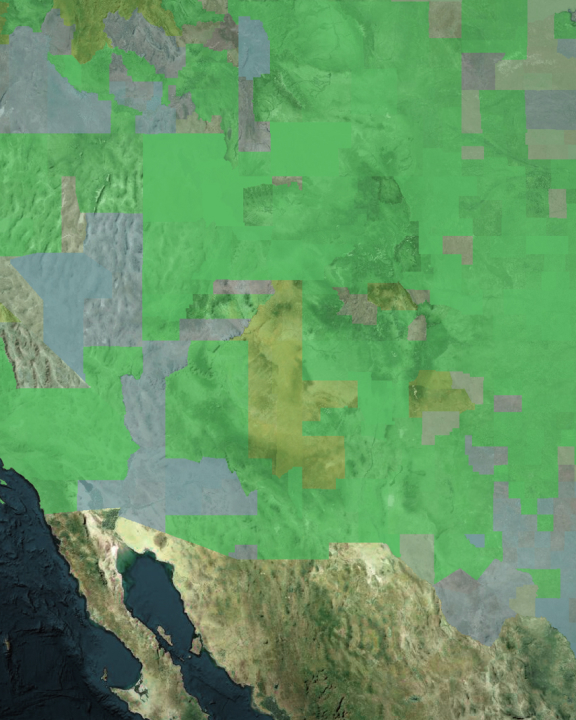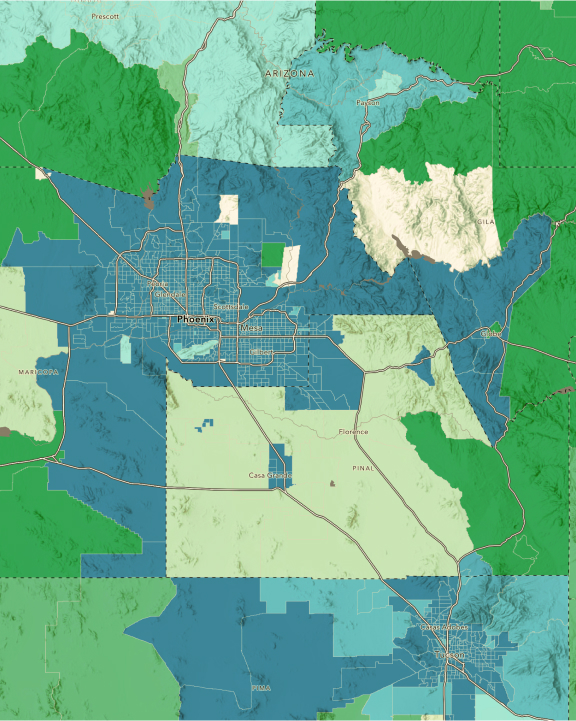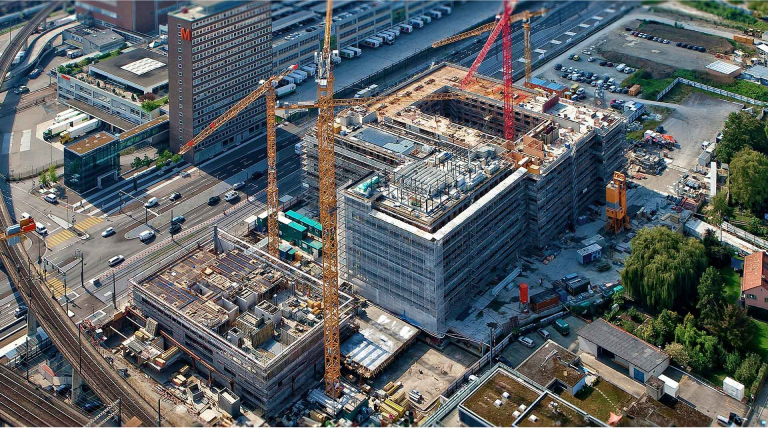Building a better world
What is infrastructure management?
Infrastructure management is the planning, delivery, and operation of assets, networks, projects, and IT across organizations to deliver a modern, sustainable, resilient, and equitable future. Organizations use GIS for infrastructure management to model, connect, and enable relationships of the built, social, and natural worlds with advanced visualizations and analytics across the entire infrastructure life cycle.



















